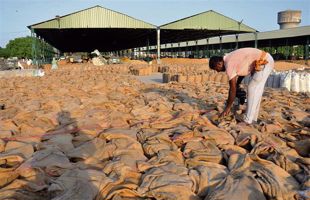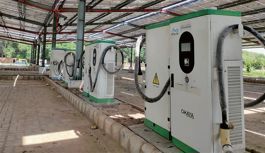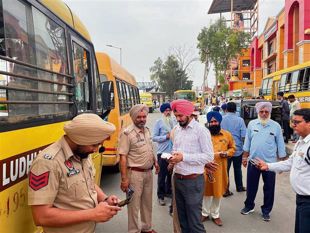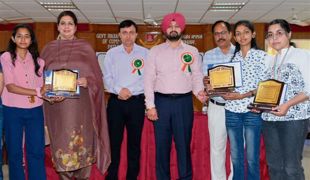
Rajnish Wattas
The Orient meets the Occident in Istanbul. Bosphorus strait, which is the slender link between the Black Sea and the Sea of Marmara, divides Istanbul between Asia and Europe. It all began when Roman Emperor Constantine converted to Christianity and shifted his capital from Rome to the new eastern location called Constantinople, named after him.

Mehmed II, the fierce Ottoman Sultan, conquered Constantinople in 1453. It earned him the sobriquet of ‘Mehmed, the Conqueror’. The new ruler ordered the building of a new grand palace called Topkapi Palace, that translates into ‘cannon gate palace’. The construction began in 1459 and the Sultan summoned the best masons, stonecutters and architects from everywhere — for he was constructing an architectural marvel.
Tips for travellers
- Istanbul is well connected by non-stop flights from Delhi, run by Indigo in alliance with Gulf and Turkish airlines.
- The best time to visit is either spring or autumn. The summer from April to August is very hot while the winter is cold.
- The facility of acquiring an eVisa is very efficient and easy.
- The Turkish currency is called Turkish Lira (1 TRY=Rs 2.66). Best to carry sufficient dollars.
- Istanbul is famous for Turkish coffee, baklava, kababs and
- street food.
- Places to shop are the Grand Bazaar, an indoor maize of vaulted aisles lined with shops selling jewellery, leather goods and ceramics. The Spice Market is also very famous.
In contrast to the grand domes and pencil-sharp high minarets of the adjoining Hagia Sophia and Blue Mosque, the palace, with its low horizontal clusters of numerous structures, set amid large garden courtyards, looks understated but is a unique ensemble of exquisite architecture and decorative splendour. The low-rise sprawl was, perhaps, inspired by the tented encampments of the Ottoman rulers, described as “irregular, asymmetric, non-axial, and of un-monumental proportions”.
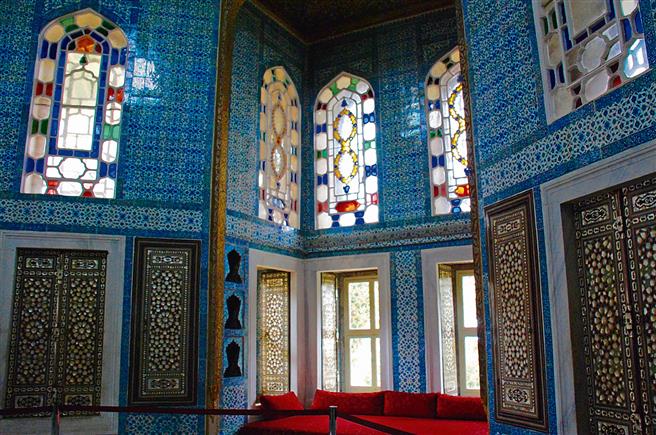
Unlike the monumental scale of Mughal and European palaces, the Topkapi Palace comes across as a low-rise cluster of highly ornamental pavilions clad in exquisite Iznik ceramics, marble and golden trellis screens.
The magnificent Gate of Felicity marks the entrance to the inner court, comprising the private and residential areas of the palace. The gate has a dome supported by lean marble pillars. No one could pass this gate without the authority of the Sultan. Even the ‘Grand Vizier’ was only granted permission on specific days. It was built in the 15th century and redecorated later in 1774 under Sultan Mustafa and embellished with Koranic inscriptions.

The Conqueror’s Pavilion, built in 1460, holds the imperial treasury — a vast collection of artworks, jewellery, heirlooms and money belonging to the Ottoman dynasty. It displays the armour of Sultan Mustafa, encrusted with gold and jewels. His gilded sword, shield and stirrups are also on display. Other pieces include several pearl-embellished Koran covers and a music box from India with a gold elephant, dating back to the 19th century.
It also houses the fabled Topkapi Dagger. The golden hilt is ornamented with three large emeralds, topped by a golden watch with an emerald lid. The golden scabbard is covered with diamonds and enamel. The most eye-catching jewel on display is the Spoonmaker’s Diamond, an 86-carat pear-shaped diamond, considered the fourth largest of its kind in the world.
Unfortunately, tourists are not allowed to take photographs, but these remain etched in one’s memory with their mesmerising glitter.
The neo-classical Enderun library, located at the centre of the third court, contains books on theology, Islamic law and similar works of scholarship in Ottoman Turkish, Arabic and Persian. The collection consists of more than 3,500 manuscripts. More than 3,000 Korans written in Kufic script dating as far back as the eighth century have been kept in a special wing. The last courtyard is more of an innermost private sanctuary of the Sultan and his family, and consists of a number of pavilions.
In 1640, Sultan Ibrahim added the Circumcision Room, dedicated to the circumcision of young princes. Its interior and exterior is decorated with a mixed collection of rare blue tiles with flower motifs dated 1529.
The Baghdad Kiosk is situated on the right side of the terrace with a fountain. It was built to commemorate the Baghdad Campaign of Murad IV after 1638. Topkapi Palace gradually lost its importance after the 17th century. The Sultans of that period preferred their new palaces along the Bosphorus.
In 1923, the Ottoman rule ended after Turkey declared itself a republic. A government decree transformed Topkapi into a museum. It forms part of a group of sites in Istanbul that UNESCO enlisted in 1985 as World Heritage Site.
Walking through the majestic edifices of Topkapi Palace, set amid gardens and leafy trees, is a journey back into time of the magnificence and might of the Ottoman Empire.
Join Whatsapp Channel of The Tribune for latest updates.





















